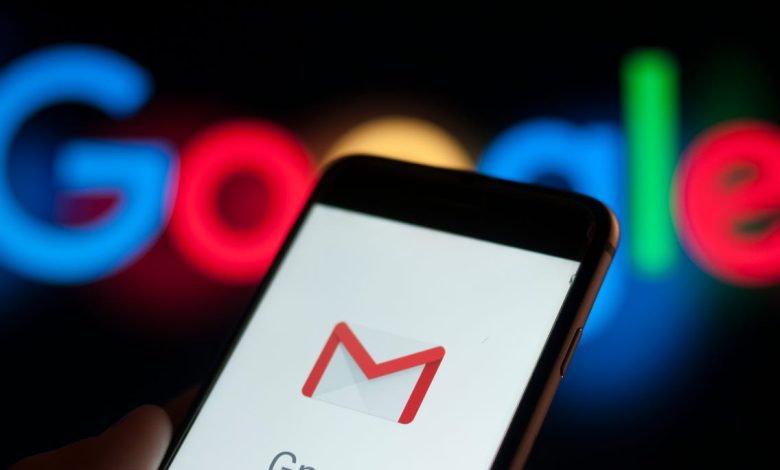
Summary: Are you looking for a way to secure Gmail account data on Android phone and didn’t find a possible solution yet? Then don’t worry. we are here to guide you through the most recommended tips and tricks that can assist you to secure your Gmail account in few simple steps.
Introduction:
Google is likely to have the most information about you of all your internet accounts. Consider this: if you use Gmail for email, Chrome for web browsing, and Android for your mobile operating system, you’re already using Google for nearly everything.
Now that you’ve considered how much of your information is recorded and saved by Google, consider how safe your account is. What if your Google account was compromised? This includes bank statements in Gmail, personal files in Drive, photos kept in Google Photos, Hangouts chat logs, and much more. Isn’t that a terrifying thought? Let’s speak about how you can make your account as safe as possible.
Tips to secure Gmail Account Data:
We take online security very seriously at Google. We strongly advise that you complete the procedures below on a regular basis to secure your Google Account.
1. Begin with a security Audit
Google makes it simple to check the security of your account: go to your account’s “Sign in & security” page and use the built-in Security Checkup tool.
When you select “Security Checkup”, you’ll be taken to a multi-section form where you’ll be asked to examine and confirm certain information; this shouldn’t take long, but you’ll want to take your time and thoroughly review the information you see here.
2. Backup Gmail Account Data
Backing up your Gmail emails has never been more crucial. It’s probable that your email account will be hacked because hackers are continuously hunting for account flaws. Messages may be misplaced. It’s possible that you’ll lose access to your Gmail account. If this happens, you’ll need a reliable Gmail backup Tool. Many of us use our Gmail email accounts to store work information. It may be quite costly to lose that information. That’s why, it’s critical to ensure that data isn’t lost.
3. Create a recovery phone number and email address
The first method to secure Gmail account data is straightforward: double-check your recovery phone number and email address. Basically, you’ll want to double-check this information if you’re locked out of your Google account.
4. Recent Security Events
After you’ve double-checked that information, click “Done”. This will take you to the Recent Security Events menu; if you haven’t made any security-related changes recently, you’re likely to find nothing here. Take a deeper look if there’s something there and you haven’t made any changes; this could be a sign of unusual activity on your account.
5. Select secure email passwords
You should generate strong passwords and update them on a regular basis. There are a few important things. It’s not enough to just utilize a few numbers or characters, or to make something extremely long you need to think outside the box.
Using a password manager, which may also help you avoid repeating passwords across numerous websites, is one of the greatest ways to ensure you’re using complicated passwords. Every time you reuse a password, you’re significantly increasing your risk.
It’s also worth remembering that you should keep your work passwords separate from your personal accounts and never reuse them. It just takes one hacked employee password to wreak havoc on an organization’s data, putting the personal information of your coworkers and customers in jeopardy.
Google suggests using a password with at least 12 characters and no personal information, apparent phrases, or typing patterns.
6. Use a strong password and two-factor authentication
If you’ve been on the internet for any length of time, you’re well aware of the mantra. Choose a strong password. Make sure you choose strong passwords that don’t consist of your child’s name or birthday, your birthday, or anything else that’s easy to guess – these are the types of passwords you choose when you want your information stolen.
To create the strongest passwords possible, we strongly advise utilizing a password generator and manager; one that is part of a password vault is even better.
7. Recognize phishing efforts and avoid them.
Phishing scams are the source of more than 90% of successful intrusions and data breaches. Phishing is the practice of sending phone emails to people in order to trick them into giving hackers vital information.
Misspelled words, shady-looking domain names, and grammatical flaws used to make phishing emails easier to spot. Unfortunately, social engineering has made phishing attempts appear much more plausible.
Don’t want to be a victim of a phishing scam? When you get an email asking for your information, don’t click any of the links in the email. Instead, go to that company’s website and log in to your account directly there.
8. Connected Apps, Device Activity, and Notifications are all things to keep an eye on.
The rest of the security page which is also a part of the Security Checkup we discussed previously is quite easy. As it covers linked devices, apps, and notification settings. Everything in the “Device activity & notifications” and “Connected applications & sites” sections is something you’ll have to keep an eye on passively rather than actively.
You can keep track of account activity, such as devices that have recently signed into your Google account, as well as devices that are currently logged in. If you’re not using a device anymore, revoke its access! By clicking the “Review” link next to an event or device, you may learn more about it.
To Read more such articles: Visit Here